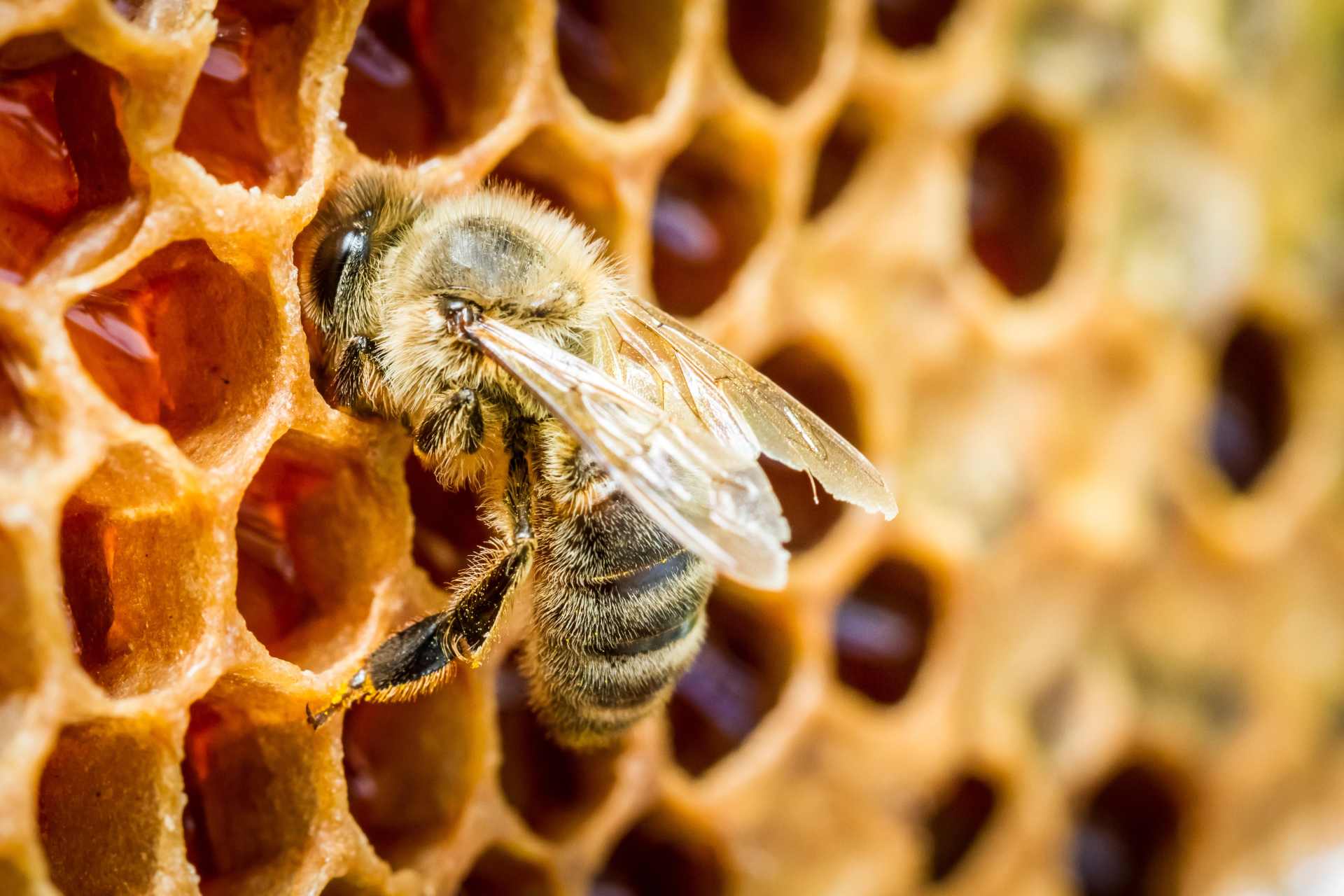When New Zealand honey tested positive for glyphosate, exporters moved quickly to clean up their act.
So why haven’t other food producers followed suit?
In 2020, the New Zealand government’s own testing revealed an uncomfortable truth: glyphosate was turning up in our honey. Even mānuka, the crown jewel of our premium food exports, wasn’t spared.
One in five honey samples contained detectable glyphosate residues. While the Ministry for Primary Industries (MPI) assured the public that levels were “within safe limits,” overseas markets didn’t share the same confidence. Japan, a major importer of New Zealand honey, warned exporters that even trace glyphosate detections could result in product rejections.
That warning worked. Fast.
A Wake-Up Call for the Honey Industry
Instead of waiting for regulation to catch up, several leading honey producers took matters into their own hands. They turned to The Detox Project, an international certification body that tests for ultra-low glyphosate residues in food.
The result? Today, a growing list of New Zealand honey brands—including Comvita, PURITI, Manuka Mountain, Kiwi Reserve, and Primal by Nature—now carry the Glyphosate Residue Free label. They test every batch, meet strict thresholds, and offer full transparency to trade partners and consumers alike.
But here’s what’s telling: almost all of these companies are focused on exports.
They weren’t driven by domestic consumer outrage. They were responding to foreign market pressure. Japan and the EU wanted clean food, and exporters responded accordingly.
So What About the Rest of Our Food?
New Zealand cereal, bread, oats, and baby food are all produced with crops likely exposed to glyphosate—either during growth or as a desiccant at harvest. Yet there is no parallel Glyphosate Residue Free movement for these categories.
Why not?
- Lack of trade pressure. Unlike honey, which commands a premium price overseas, many other foods are consumed domestically or sold in bulk to less-discerning markets.
- Regulatory reassurance. MPI continues to insist glyphosate residues in food are “safe” if they fall below legal thresholds—even when those thresholds have been increased.
- Cost and complexity. Certification costs money. Testing every batch takes commitment. And with no clear incentive, many producers simply don’t bother.
The Real Question: What If They Were Tested?
At NoMoreGlyphosate.nz, we wanted to find out. So we began our own community-funded glyphosate testing program—starting with honey. Our first results are in:
See our article here: Glyphosate in NZ Honey — First Test Results
One of the raw honey samples that tested positive for glyphosate came from a spray-free buckwheat farm. The grower tests every harvest of buckwheat and has never had a glyphosate detection in the crop itself—yet glyphosate still showed up in the honey, at 0.026 mg/kg.
That’s well below the EU’s maximum residue limit of 0.05 mg/kg, but its very presence raises a bigger question:
Confused by the numbers? You're not alone. Here's the cheat sheet:
1 mg/kg = 1000 ppb (parts per billion). So our result of 0.026 mg/kg equals 26 ppb—well below the EU’s limit of 0.05 mg/kg, or 50 ppb. Math can be sneaky.
If even farms that don’t use glyphosate can’t keep it out of their honey… what chance does anyone else have?
A Glimpse of What’s Possible
The honey industry’s swift adoption of glyphosate-free certification proves that rapid change is possible—when there’s motivation.
It didn’t take new legislation. It didn’t take protests or petitions. It took market pressure, reputational risk, and consumer demand. The lesson is clear:
When producers are held to a higher standard, many will rise to meet it.
So Where Do We Go From Here?
Honey was just the test case. If glyphosate can show up there—even when it’s not used—what’s happening in the rest of our food supply? Oats, bread, cereal, flour… we consume them daily. Yet no one’s checking.
Where’s the testing? Where’s the certification? Where’s the accountability from those industries?
And if they won’t do it, we will. We’re not waiting for permission—we’re testing for ourselves.
Because transparency shouldn’t be a luxury reserved for export markets. It should be a basic right for every New Zealander.
Are We Exporting the Best and Eating the Rest?
The cleanest honey in the world shouldn’t be shipped offshore while New Zealanders are left with the rest. The real question isn’t why honey is being tested and certified.
It’s why the rest of our food isn’t.
Further Reading & Resources
We often hear that New Zealand food is “safe”—but safe by whose standards? As our honey testing showed, glyphosate can appear even where it’s not used. The sources below help trace how exporters responded when international markets drew a line NewZealand regulators wouldn’t—and why citizen-led testing is becoming a necessity, not a novelty.
Glyphosate in NZ Honey — First Test Results
Our community-led test initiative revealed measurable glyphosate levels in several honey samples, including one from a spray-free buckwheat farm—prompting deeper questions about food safety and environmental contamination.
Detox Project – Glyphosate Residue Free Certification (NZ Products)
This running list shows which New Zealand honey brands have taken the extra step to certify their products—and why that matters.
Japan’s Warning Over NZ Glyphosate Residues
In 2021, Japan warned it would ban New Zealand honey shipments if more than 5% of imports exceeded its glyphosate limit of 0.01 mg/kg (10 ppb). Multiple border rejections followed, triggering a full roll-out of mandatory testing for all Japanese-bound honey – a pivotal moment that prompted New Zealand exporters to adopt Glyphosate-Free certification.
If international buyers can demand glyphosate-free food, why can’t we? These aren’t just export standards—they’re signals that New Zealand needs a more transparent, precautionary approach to chemical residues in what we eat at home.
Image Source & Attribution
We’re grateful to the talented photographers and designers whose work enhances our content. The feature image on this page is by Shaiith79.




